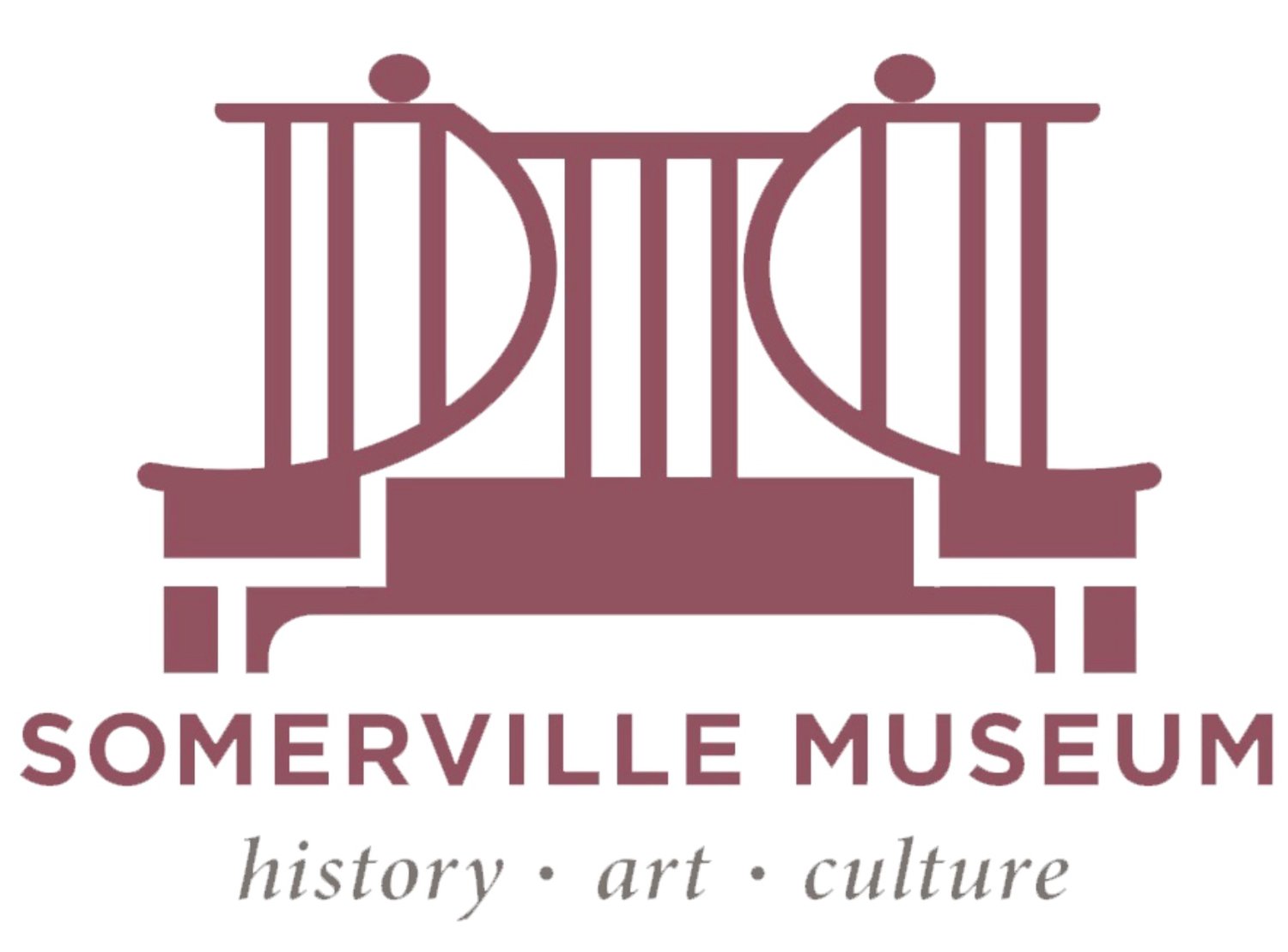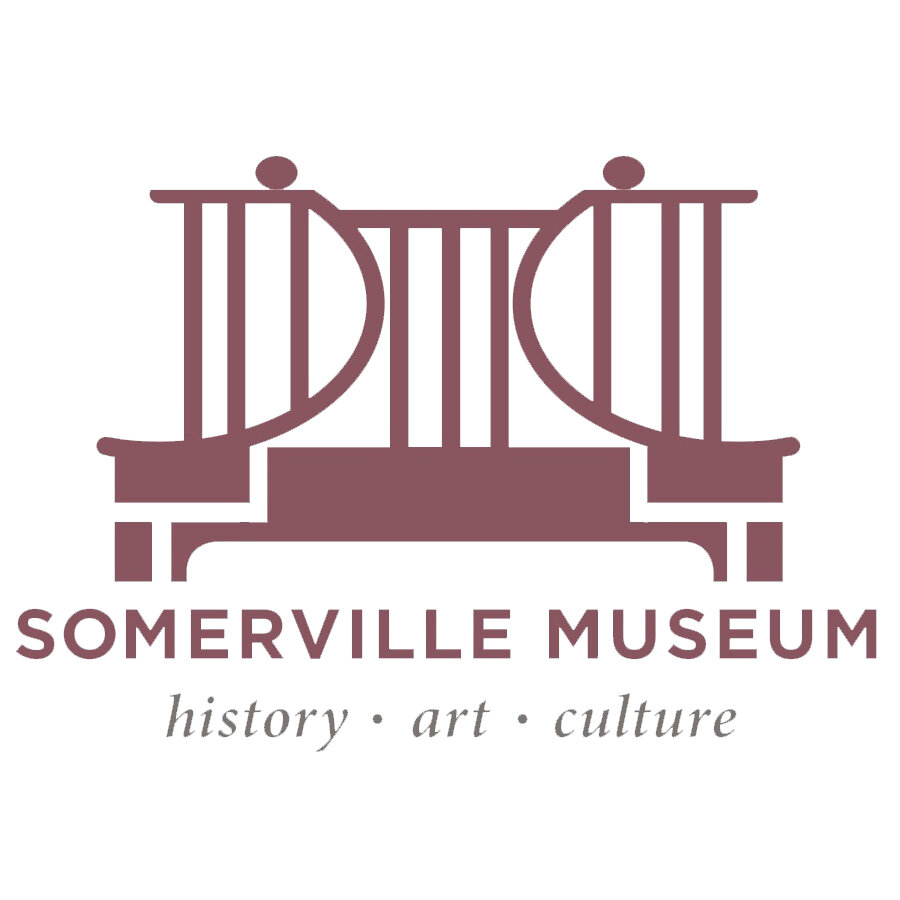On the Shores of the Missi-tuk
Did you know that “Mystic” comes from the word "Tuk," meaning a river with tidal or wind-driven waves, combined with "missi" (great), forming "Missi-tuk" (“Great Tidal River”)? The Mystic exists on the colonized lands of the Massachusett, Nipmuc, and Pawtucket, and historically, these indigenous communities relied on the watershed as a wealth of natural resources.
Fish such as herring were abundant in the Mystic during migration season, and according to the Mystic River Watershed Association, herring is still “an important traditional food source for native people in our area. The harvesting of herring is currently restricted by the state (for conservation purposes), but tribal members are granted aboriginal rights to harvest fish and they continue to teach the next generation about traditional ways.”
Local tribes such as the Mashpee Wampanoag celebrate Herring Day annually in April. “We know, being Wampanoag people and next to the rivers, what we look forward to and what it means to us. The benefit of Herring Day is that we teach our young people about the migration, traditional ways, and the importance of the estuaries. This life cycle has to keep continuing for our estuaries and our people.” -Kitty Henricks-Miller, Mashpee Wampanoag.
Sources:
“View of the bridge over Mystic River & the county adjacent from Bunker's Hill” / engraved by S. Hill. Print shows bird's-eye view from Bunker Hill of the "Malden Bridge" across the Mystic River, with Medford, Massachusetts in the background. Illus. in: The Massachusetts magazine, or, Monthly museum of knowledge and rational entertainment. Boston, Mass. : Isaiah Thomas and Ebenezer T. Andrews, vol. II, no. IX, 1790 (September), opp. p. 515. Repository: Library of Congress Washington, D.C. https://www.loc.gov/item/2004670233/


